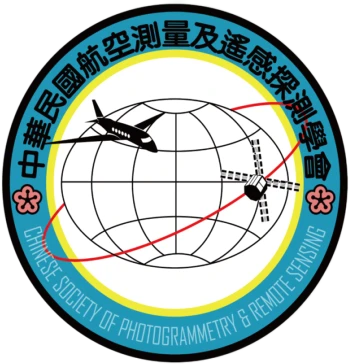Building boundary is one of the important components for the mapping of 2D digital topographic maps and the modeling of 3D city buildings. Photogrammetry is currently the common technique applied for building boundary generation,which are labor intensive. Airborne LiDAR data provides abundant3Dinformation of the scanned objects.The characteristics of objects are implicitly contained in the data set. Usually top surfaces, such as roofs, may have densely distributed points, but vertical surfaces, such as walls, usually have sparsely distributed points or even no points. Building boundaries, referring to the intersections of roof and wall planes are, therefore, not clearly defined in point clouds.To overcome this problem, this paper develops an algorithm to acquire building boundary from airborne LiDAR data.
Threemajor process steps are included in the algorithm. Firstly the point clouds are classified as building points and non-building points. Then, octree-based split-and-merge segmentation is implemented to extract plane features.Second, those building points and coplanar points are used to trace the boundary points by concave-hull algorithm. Boundary points of coplanar point group and building points and the first and intermediate echo points of multi-return scan are selected as candidates of building boundary points. Finally, methods of the Hough transform, line fitting and line segmentation are applied to find line segments belonging to building boundaries.
The experiment results show the effectiveness of the proposed method for automatic building boundary extraction from airborne LiDAR data, and that combining the information of the first and intermediate echo points of multi-return and the boundary points increases the completeness of boundaries. And, it is promising to use the extracted boundaries for 3D building modeling in the future.

